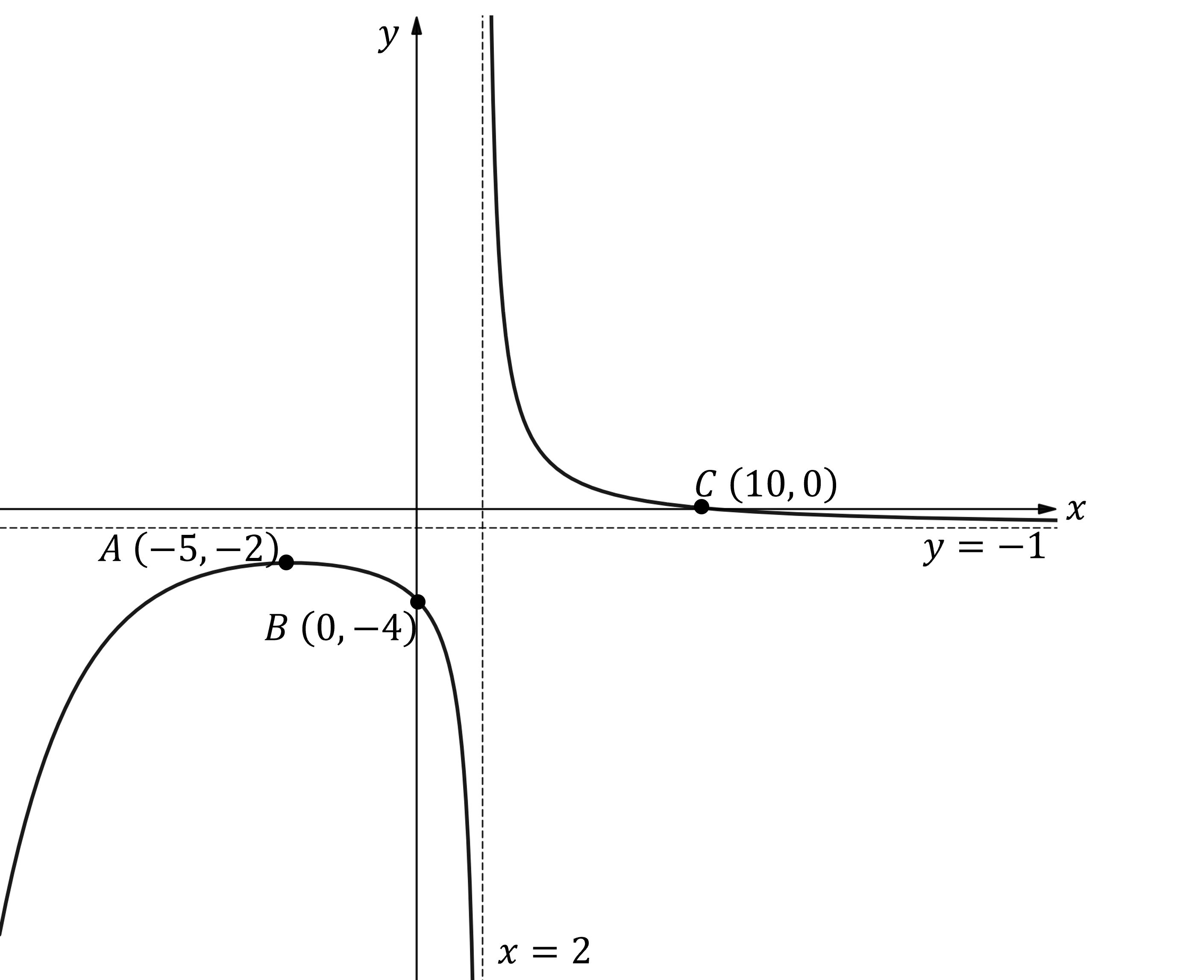Square Transformations (DP IB Analysis & Approaches (AA)): Revision Note
Square transformations
What is a square transformation?
For the graph
the square transformation is
It transforms points on the graph
by keeping the
-coordinates the same
but squaring their
-coordinates
increasing them from a height of
to a height of
Any points below the
-axis (where
is negative)
transform to being above the
-axis
since
is always positive
Examiner Tips and Tricks
The square transformation shares a similarity with the
in that there are no parts below the
-axis.
Points that have
-coordinates of
or 1 stay in the same position
How do I sketch a square transformation y = [f(x)]²?
To sketch a square transformation, you need to know
how key features on the original graph
transform to different key features on the graph of
In general
any points on
with heights that satisfy
move further away from the
-axis on
any points on
with heights that satisfy
move closer to the the
-axis on
where negative heights are reflected in the
-axis then
increased if
or decreased if
More specifically
If
has a
-intercept at
has a
-intercept at
If
has an
-intercept (root)at
has a root and minimum point at
If
has a vertical asymptote at
has a vertical asymptote at
If
has a local maximum at
has a local maximum at
if
has a local minimum at
if
If
has a local minimum at
has a local minimum at
if
has a local maximum at
if
What happens to x-intercepts under a square transformation?
The square transformation affects
-intercepts in different ways
If the graph
touches the
-axis via a turning point
the turning point becomes flatter / more bucket-like on
e.g. compare
to
Small heights less than 1 around the turning point get smaller when squared (not bigger)
e.g. the point
becomes
(i.e. flattened)
If the graph of
cuts the
-axis
the
-intercept turns into a smooth minimum point
e.g. compare
to
Examiner Tips and Tricks
When sketching make it clear to the examiner that the curve touches smoothly at an
-intercept (do not draw it as a sharp cusp, like
)
Worked Example
The diagram below shows the graph of which has a local maximum at the point
.

Sketch the graph of .


Unlock more, it's free!
Did this page help you?